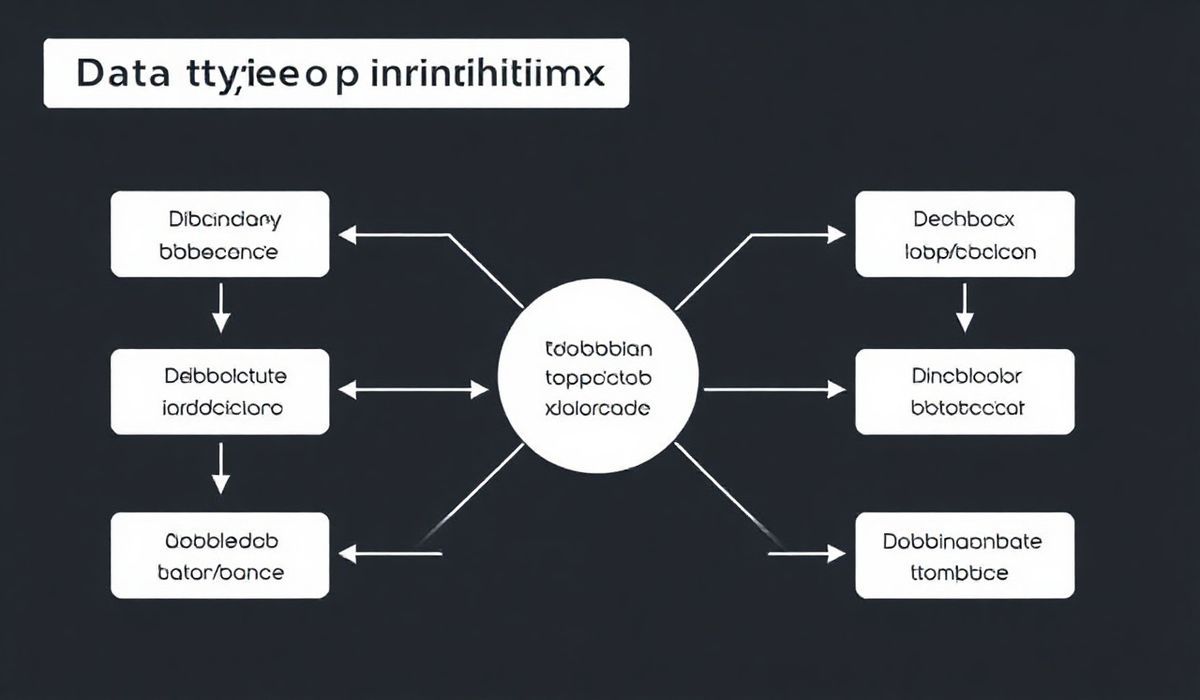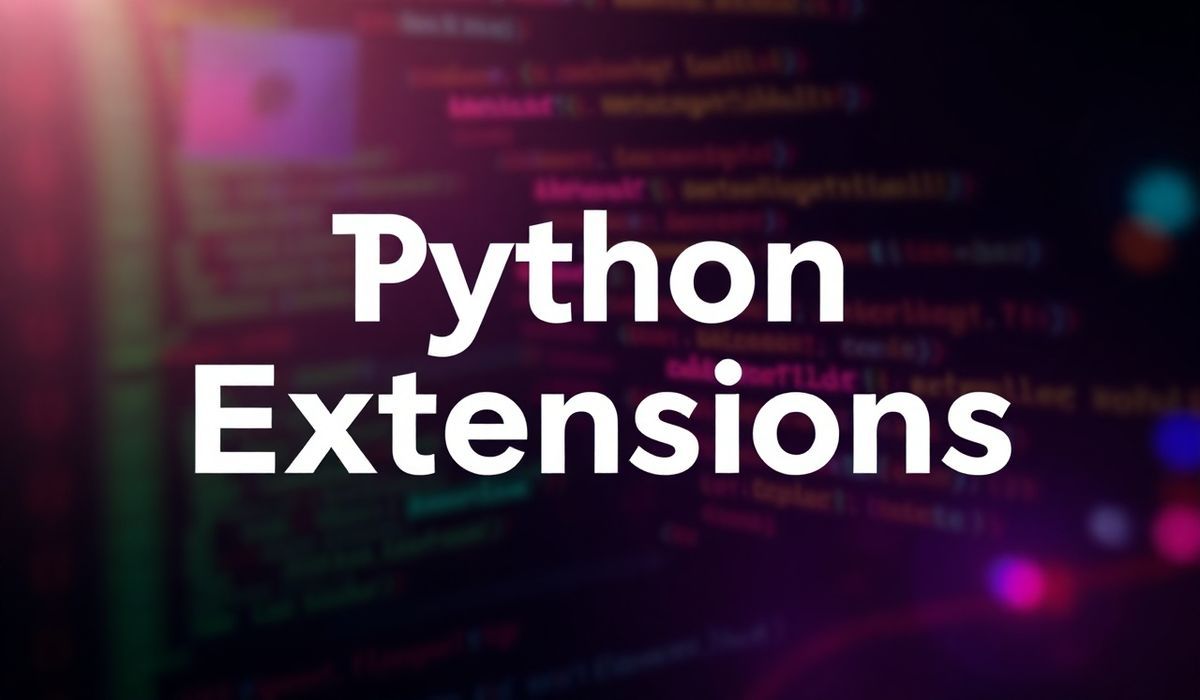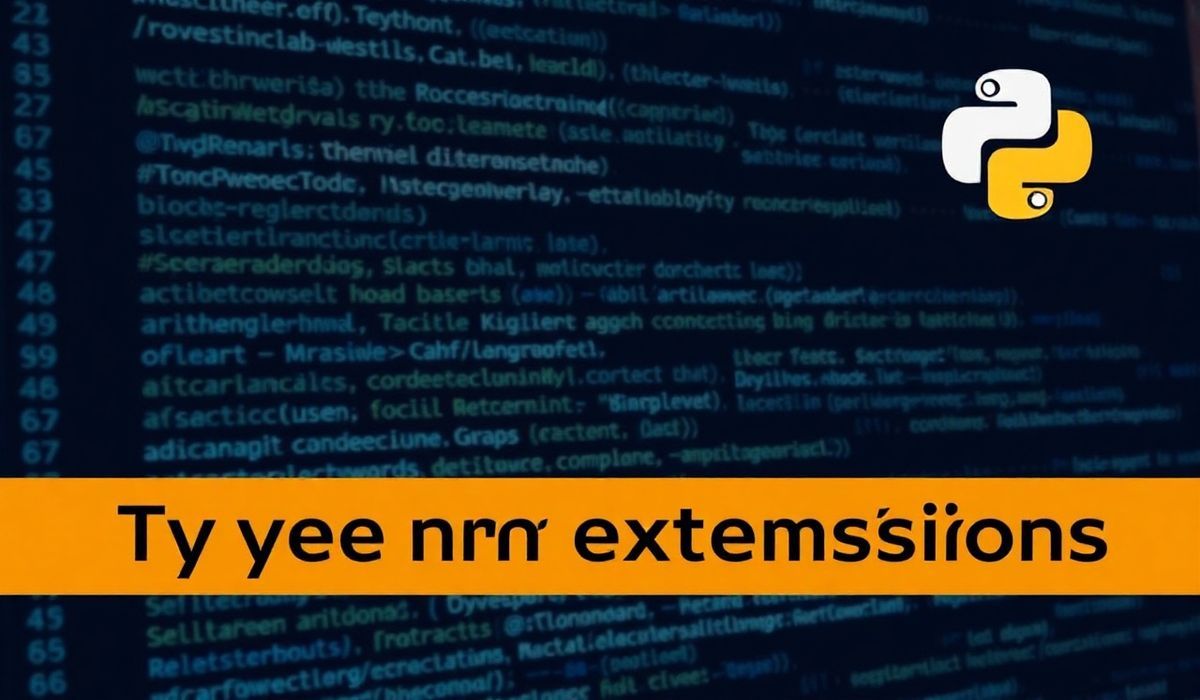Introduction to ml-dtypes
The ml-dtypes Python library is a powerful utility designed for handling and optimizing data types in machine learning projects. It is particularly useful in ensuring high efficiency in data processing and compatibility with popular machine learning frameworks like TensorFlow, PyTorch, and NumPy. In this guide, we will explore the capabilities of ml-dtypes through examples, including its key APIs and an app demonstrating its practical implementation.
Why Use ml-dtypes?
Efficient data type handling is paramount for high-performance machine learning pipelines. The ml-dtypes library helps you reduce memory consumption, optimize computation, and deal with data compatibility issues. This makes it indispensable for handling datasets and models at scale.
Key APIs in ml-dtypes with Code Examples
1. Setting Data Type Precision
You can use ml_dtypes.astype() to set the precision of your data effortlessly.
import ml_dtypes import numpy as np # Example array data = np.array([1.1, 2.2, 3.3]) # Convert to 32-bit float float32_data = ml_dtypes.astype(data, dtype=ml_dtypes.float32) print(float32_data)
2. Checking Data Type Compatibility
The ml_dtypes.validate_dtype() function helps ensure your data is compatible with target frameworks.
dtype_check = ml_dtypes.validate_dtype("float32")
print(f"Is 'float32' valid? {dtype_check}")
3. Data Type Casting
Seamlessly cast data between different types using ml_dtypes.cast().
data = np.array([1, 2, 3]) casted_data = ml_dtypes.cast(data, dtype=ml_dtypes.float64) print(casted_data)
4. Memory Optimization
Reduce memory usage of numeric arrays by applying optimized data types:
large_data = np.random.rand(1000, 1000) optimized_data = ml_dtypes.astype(large_data, dtype=ml_dtypes.float16) print(optimized_data.nbytes)
5. Integrating with Machine Learning Frameworks
Ensure seamless integration with popular frameworks like TensorFlow and PyTorch:
import torch tensor_data = torch.tensor([1.1, 2.2, 3.3], dtype=torch.float32) numpy_data = ml_dtypes.astype(tensor_data.numpy(), dtype=ml_dtypes.float64) print(numpy_data)
6. Range Validation
Validate that data values fit within a specified numeric range.
is_in_range = ml_dtypes.validate_range([0.1, 0.2, 0.3], dtype=ml_dtypes.float16)
print(f"Data within range? {is_in_range}")
Example Application Using ml-dtypes
Now, let’s take a look at an example where we utilize ml-dtypes to preprocess dataset types in a machine learning pipeline.
import ml_dtypes import numpy as np from sklearn.linear_model import LinearRegression # Generate dataset X = np.random.rand(100, 3) y = np.random.rand(100) # Optimize data types X = ml_dtypes.astype(X, dtype=ml_dtypes.float32) y = ml_dtypes.astype(y, dtype=ml_dtypes.float32) # Train a model model = LinearRegression() model.fit(X, y) # Make predictions predictions = model.predict(X) print(predictions)
Conclusion
With ml-dtypes, managing complex data type operations becomes streamlined, boosting efficiency and reducing errors in your machine learning projects. The examples shown here offer just a glimpse of its potential. Start using ml-dtypes today to supercharge your ML pipelines!




